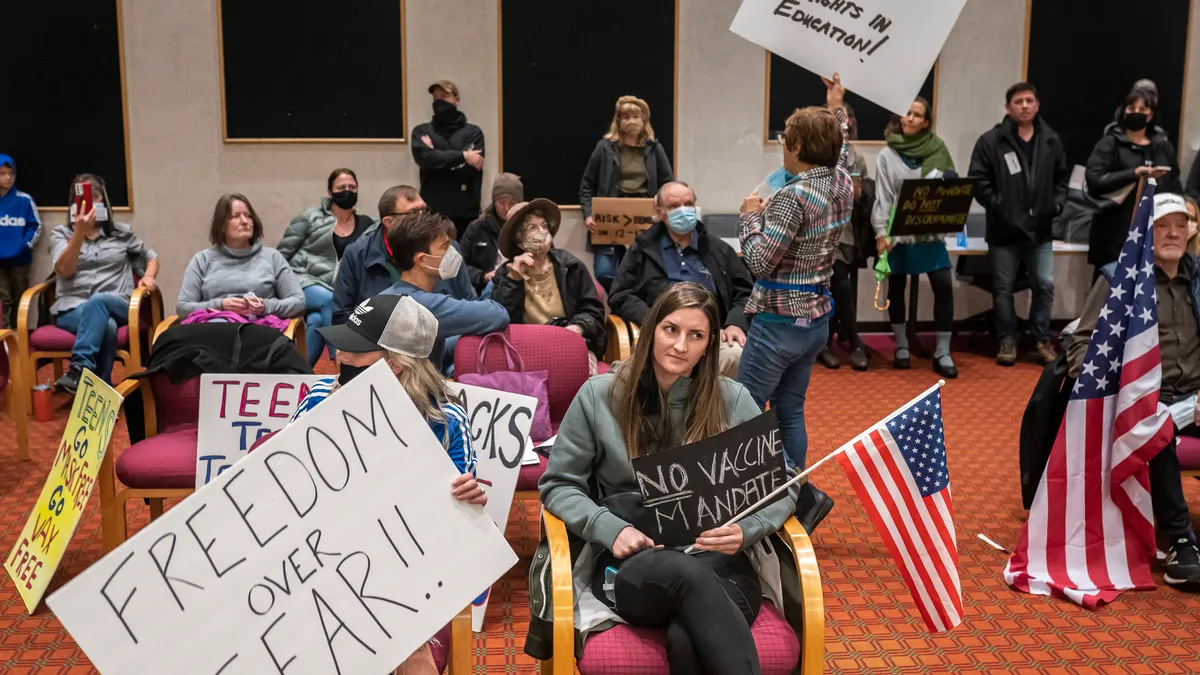Dive Brief:
- A new working paper from the nonpartisan National Bureau of Economic Research shows that districts that made significant spending increases saw considerably improved outcomes for low-income students.
- According to the paper, school finance overhauls made by supreme courts in 28 states to address gaps between affluent and low-income school districts between 1971 and 2010 improved graduation rates anywhere from 8.7% to 37%
- Students who spent all 12 years of school in low-income districts after a 20% increase in spending attended higher education institutions for at least one year after high school and were 20% less likely to end up in poverty between the ages of 25 and 45.
Dive Insight:
The idea providing better funding to low-income districts improves student outcomes should seem like a no-brainer. Schools in these districts lack the same resources enjoyed by more affluent districts, and funding increases also helped to even the playing field by attracting better teachers via higher salaries and reducing the ratio of students to teachers, counselors, and administrators. New York University education historian Diane Ravitch has long cited poverty as the most important factor to address in improving America's public education system, and the research compiled in this paper certainly gives credence to that notion.













